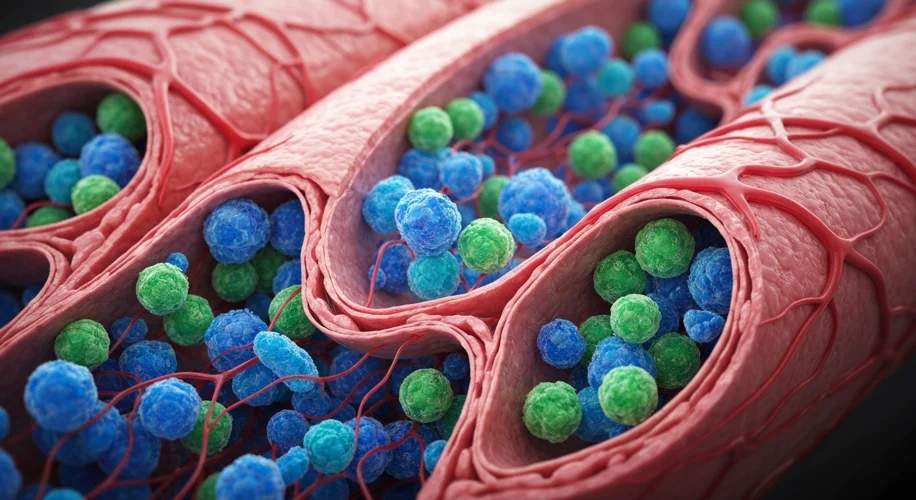It’s September 7, 2025, and I’m thinking about something that’s become a quiet concern in our lives: plastic. We know it’s in our oceans and our food, but a recent study has revealed something much more personal – plastic particles have been found in over half of the artery plaques examined from people undergoing surgery for clogged arteries.
This discovery is pretty significant, bridging the gap between environmental science and our personal health in a way that’s hard to ignore. As someone who studies our planet’s atmosphere and environmental issues, I’m always looking for these connections. And this one? It’s a stark reminder of how deeply our environment can impact our bodies, even in ways we can’t see.
Let’s break down what this means.
What They Found
Researchers examined plaque samples from patients with cardiovascular disease. Their findings were eye-opening: tiny plastic particles, called microplastics and nanoplastics, were present in more than 50% of these samples. The specific types of plastic found included polypropylene and polyethylene, which are common in packaging, bottles, and textiles.
Why This Matters
Clogged arteries, or atherosclerosis, are a leading cause of heart disease. The presence of plastic particles within these arterial plaques raises serious questions about their potential role in the development or progression of this condition. While this study shows a correlation, more research is needed to understand the exact mechanisms at play.
How could these tiny plastic fragments end up in our arteries? It’s likely through everyday exposure – we breathe them in from the air, consume them in our food and water, and they can even absorb through our skin. Once in our bodies, these particles may trigger inflammation or other responses that could contribute to cardiovascular issues.
What Does This Mean for You?
This isn’t about causing alarm, but about raising awareness. We’re living in an age where plastics are ubiquitous, and this research highlights a potential, unseen health consequence. It underscores the importance of continuing efforts to reduce plastic pollution, not just for the health of our planet, but for our own well-being.
As we learn more, focusing on reducing our personal exposure to plastics where possible is a good step. Simple changes, like using reusable bags and containers, choosing glass or stainless steel water bottles, and being mindful of products that shed microfibers, can all contribute.
This discovery is a powerful call to action. It’s a scientific revelation that directly impacts us, reminding us that the health of our environment and the health of our bodies are intricately linked. Let’s keep learning and making informed choices together.

